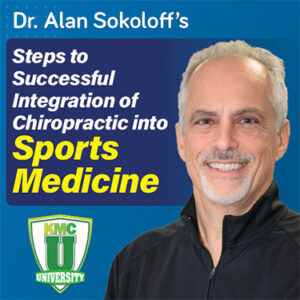 Chiropractic Examination Driven by History
Chiropractic Examination Driven by History
The examination of your chiropractic patient must be driven by your patient’s history. As with all stories, it is the starting point that leads to the conclusion which is – in this case – the medical necessity of their chiropractic care.
The Appropriate Chiropractic Documentation of Patient History and Medical Necessity
The reality is recording these crucial patient history elements begins with the collection of the patient’s HPI (History of Present Illness). The patient’s history drives the examination and ultimately proves the need for chiropractic treatment and is clinically correlated to the condition and its severity.
HPI is taught using the mnemonic acronym OPQRST in which initial letters represent:
- Onset – What was occurring when the symptoms first occurred? Were the symptoms sudden or gradual onset?
- Provocation/Palliation – Does anything improve the symptoms or make them worse?
- Quality – A description of the pain – sharp, stabbing, aching, throbbing, dull, crushing, sharp, etc.
- Region/Radiation – The location of the pain and its movement to other body parts.
- Severity – The severity of symptoms on a scale of 1 to 10, 10 being most intense.
- Time – The time of the symptoms first occurrence.
Following the OPQRST protocol allows the chiropractor to establish medical necessity for a course of treatment, identify complicating factors, and define the duration of chiropractic care needed for your chiropractic patient.
Need more help? Schedule a free Discovery Assessment or check out Our Store!


Great source of reference!





